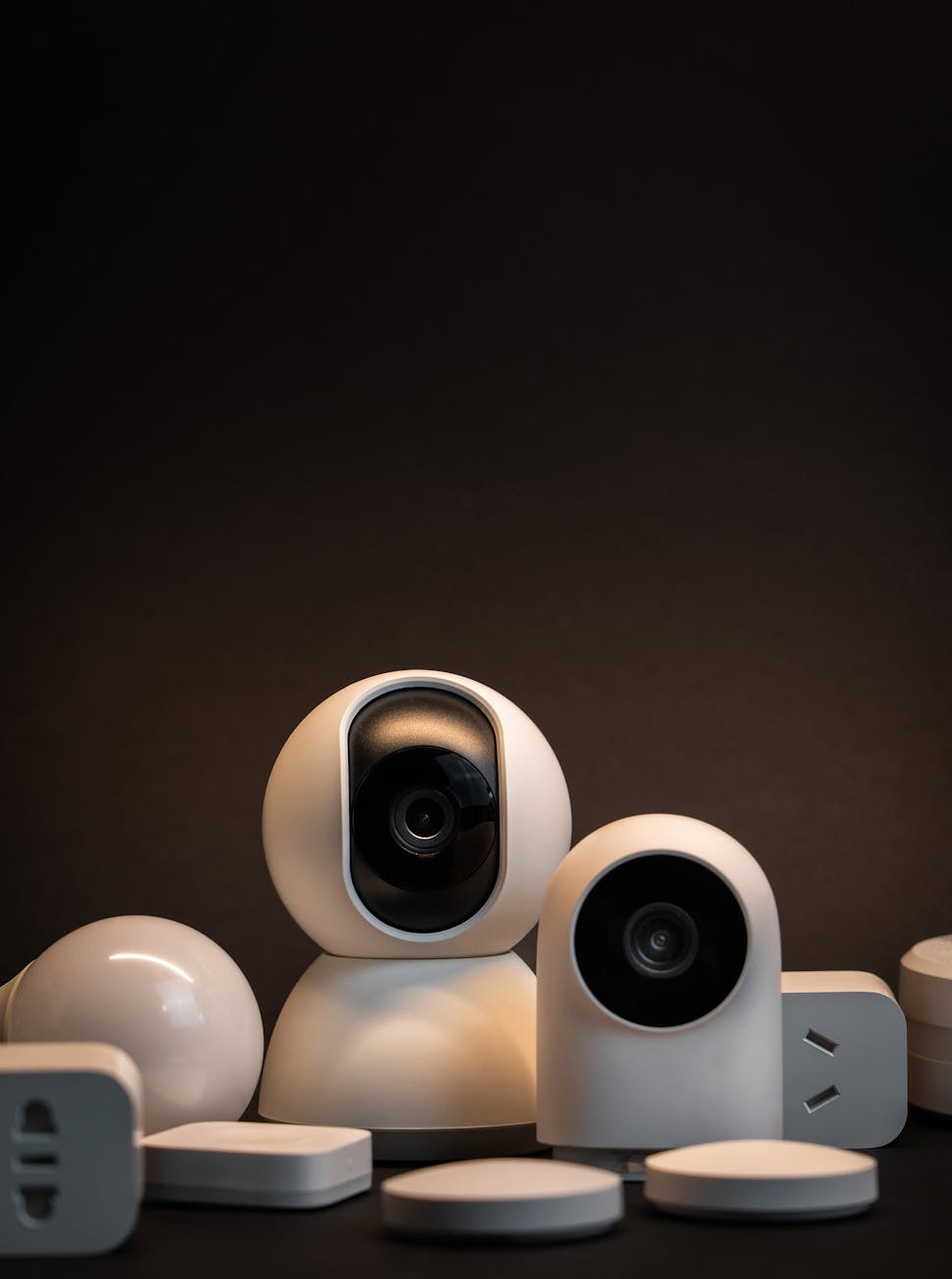In addition to the inherent dangers they face on a day-to-day basis, high-risk businesses are up against a barrage of new and evolving threats. With crimes from insider theft and corporate espionage to targeted violence and break-ins becoming common occurrences, there’s increased pressure on businesses to take proactive measures.
How can businesses keep their assets and personnel safe? Although alarms are still a must-have, they’re simply reactive tools at the end of the day. True security, on the other hand, is preventive and layered. In today’s threat landscape, it requires making modern, practical upgrades that go beyond the bare minimum.
But with so many options out there, which upgrades should high-risk businesses prioritize? In this guide, we’ll cover some of the surefire strategies for creating a secure environment.
Layered Surveillance Strategies
Layered surveillance means more than multiple cameras — it entails an intricate system of monitoring, detection, and deterrence. This approach provides redundancy so that no single point of failure will leave a facility exposed, as well as scalable protection that allows businesses to build on existing systems.
Common upgrades include:
- AI-powered motion sensors: Detect abnormal activity ahead of time
- Cloud-based remote cameras: Access to real-time visibility
- Facial recognition software: Spot unauthorized individuals
- Integrated alerts: Warn security teams or business owners immediately
The value-adds are felt at various levels. Enhanced visibility of blind spots helps with early detection, while visible cameras and signage deter threats by making surveillance stand out. Layered surveillance also streamlines investigations with stored footage and timestamps.
Access Control Systems
With insider threats making up a significant portion of security breaches, it’s crucial to maintain control over who enters where and when.
Accordingly, new tech-forward solutions are being applied across access control systems. These breakthroughs include biometric authentication through scanning fingerprints or facial ID, smart ID cards, mobile credential systems, two-factor authentication, and visitor logs with automatic check-in kiosks.
Upgrading access control systems helps minimize the risk from disgruntled employees or unauthorized entry, ultimately reducing human error compared to traditional keys or PIN codes. It can also provide an audit trail for compliance and investigation purposes. These upgrades are particularly impactful for sensitive areas; for instance, controlling access to chemical storage or pharmaceutical labs can prevent theft or contamination.
Security vestibules are becoming more commonplace in businesses, government facilities and schools to provide protection and visitor screening to control access in and out of the building. These areas comprise an array of ballistic rated protective equipment including ballistic fiberglass for the wall panels, reception windows and the storefront windows and doors.
Perimeter Hardening
In a robust framework, perimeter security serves as the first line of defense. Keeping threats beyond the property line minimizes strain on other systems by mitigating risks to begin with.
Key enhancements to perimeter security:
- High fencing: Anti-climb features keep intruders at bay
- Security lighting: Deter suspicious activity in the dark
- Automated gates: Access credentials or license plate readers
- Vehicle barriers and bollards: Safeguard main entrances
Government centers and other data-sensitive facilities routinely rely on perimeter hardening to prevent direct access. For buildings in areas with higher crime rates, businesses should browse bulletproof windows for sale to shield against gunfire or forced entry.
Security Drills and Training
No matter how much businesses invest in new technology, security success still depends on trained staff. That said, the smartest businesses strike a strategic balance between investing in technology and investing in training.
“Training” can be a broad term, so what elements should staff prioritize? Routine lockdown and evacuation drills are the most essential, as well as the proper use of access systems and panic alarms. Additionally, placing a priority on suspicious behavior recognition can support proactive measures.
This investment in training pays off when it matters most — reducing panic during real scenarios, building a lasting culture of awareness, and helping employees avoid unintentional vulnerabilities (e.g., propping doors open). Bringing in third-party experts or security consultants can add a layer of credibility to the training, further engaging employees.
From Vulnerable to Vigilant
For any organization, comprehensive security is proactive, not reactive. This is especially true for high-risk businesses; they must fine-tune their systems on an ongoing basis.
A layered security approach — covering the bases of surveillance, access, perimeter, and staff readiness — offers unparalleled protection. Entrepreneurs and other professionals in high-risk businesses should assess their current gaps today, acting before vulnerabilities are ever exploited.
AUTHOR BIO: Brian Hanson is the Marketing Director for Specialty Fenestration Group, a consortium of leading manufacturers specializing in advanced fenestration solutions, including the Quikserv and U.S. Bullet Proofing brands. With over nine years of experience in the security, transaction systems, and fenestration sectors, Hanson has held various roles in sales, account management, and marketing, bringing a wealth of expertise to his position.

